
It goes without saying that our culture is at a strange point: A time when conspiracy theories are more popular than ever, while transparency has never been greater via social media. It may or may not seem strange that certain places are considered off-limits, with authorities banning physical access to them, trying to hush up their existence, or just staying quiet and hoping you won’t turn up expecting a tour. The reasons behind all the secrecy are many and varied—and thoroughly fascinating. These are 20 forbidden places you’re not supposed to know about.
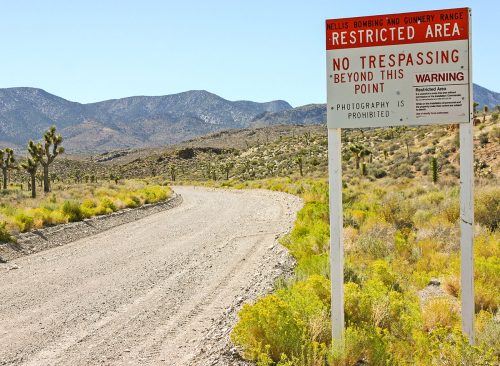
This highly classified US Air Force facility in Nevada is associated with UFO conspiracy theories. Conspiracy theories surrounding the base suggest it’s used for the testing of alien technology recovered from supposed crash sites, like the infamous Roswell, New Mexico. But who knows for sure? The base is closed to the public and, even though the Pentagon has established a new office to deal with UFO reports and communicate with the public, activities at Area 51 are still classified.
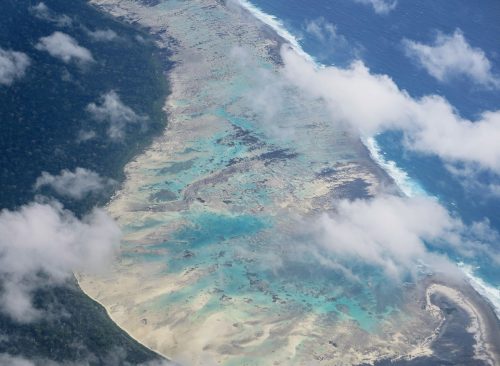
This archipelago in the Bay of Bengal is home to an isolated indigenous tribe known as the Sentinelese, who reject all contact with the outside world. The Andaman and Nicobar Islands Protection of Aboriginal Tribes Act of 1956 prohibits travel to the island, and any approach closer than 5 nautical miles, to protect the tribe from diseases from which they have developed no immunity.
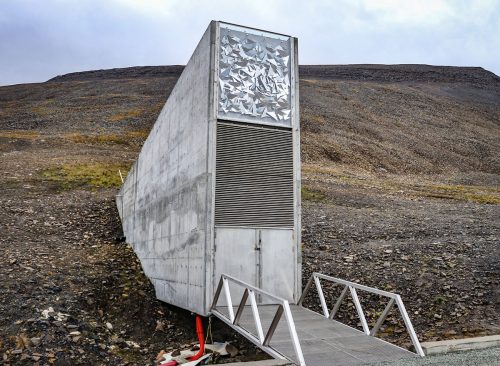
“Also known as the Doomsday Vault,” this secure facility preserves duplicates of seeds found around the world. It’s designed to protect Earth’s crop diversity in case of a global catastrophe. As of 2021, 1,081,026 crop samples are preserved there.

Office 39, also known as Room 39, is an alleged secretive organization that provides funding for North Korea’s illicit activities and the regime of Kim Jong-Il. It takes its name from the office it occupied inside the Workers Party building in the capital of Pyongyang, near the leader’s official residence.
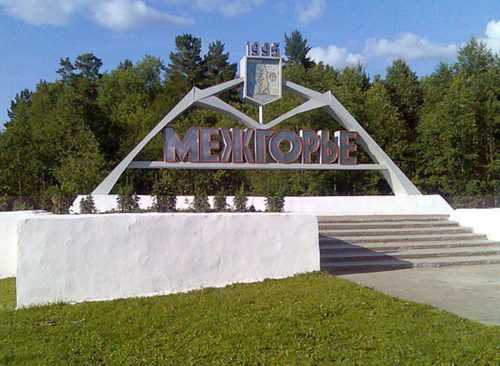
Sometimes referred to as “Russia’s Area 51,” this closed city surrounded by mountains is believed to be a headquarters for the country’s top-secret nuclear weapons program.
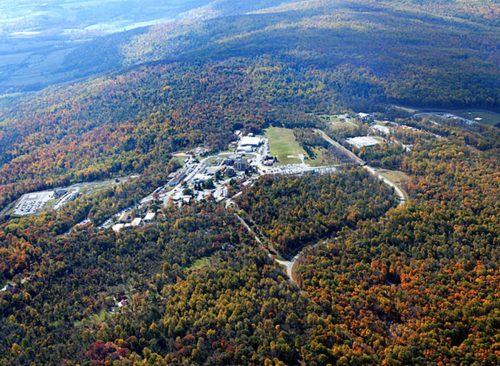
This top-secret underground facility—located in the Blue Ridge Mountains off State Route 601 in Bluemont, Virginia—is a center of operations for FEMA (the Federal Emergency Management Agency). It’s also a major relocation site for the highest level of civilian and military officials in the event of a national disaster.

Even the Pope has his secrets. Also known as the Vatican Apostolic Archive, this clandestine repository hosts a collection of documents and records that are only accessible to a limited number of researchers.
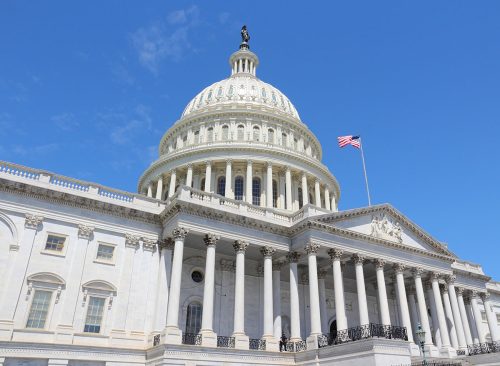
The Jan. 6 insurrection also drew attention to the network of 19 underground tunnels beneath the Capitol buildings. Many used to be open to the public; most have now been closed because of security considerations, and construction projects are no longer accompanied by press releases. “It’s also worth noting that the Capitol complex tunnels are hardly the only ones linking U.S. government buildings in Washington, D.C., and the broader National Capital Region (NCR), not all of which are publicly disclosed,” the Drive reported. “The White House, for instance, has its own maze of tunnels underneath.”
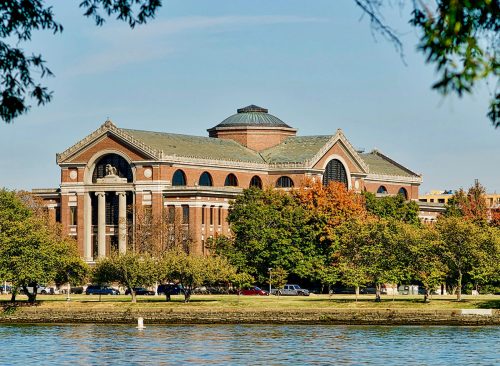
After the Jan. 6 insurrection on the U.S. Capitol, Congressional leaders were evacuated to Fort McNair, a military base two miles south of Capitol Hill. The details came to light during hearings held by the Jan. 6 Select Committee. The base plays a part in the plan for continuity of U.S. government; that may change because of worldwide publicity about the site.

Ilha da Queimada Grande, a.k.a. “Snake Island,” has a human population of zero. The 106-acre island is overrun with highly poisonous golden lancehead snakes, making it treacherous for humans. Only the Brazilian navy and government-approved researchers are allowed to visit.

For years, this suite at Disneyland, located behind the Pirates of the Caribbean ride, was available only to serious VIPs, and the park tried to keep it a secret. Opened in 1966, its interiors were created by the production designer of Gone with the Wind and Rear Window. Now, it’s yours to rent for an evening: $19,395 gets you dinner for 12 guests, backstage access to the park, and a balcony to watch the nightly fireworks show—but no overnight accommodations.
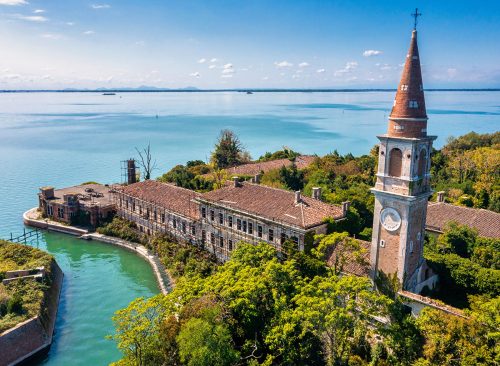
This abandoned island near Venice was “for centuries a dumping ground for the diseased, dying and deceased,” according to the Travel Channel. It was alternately a quarantine center during the Black Plague, a mental asylum, and a geriatric center that closed in 1975. Today, the entire island is abandoned, and locals and tourists are banned from visiting. Why? It’s considered haunted.
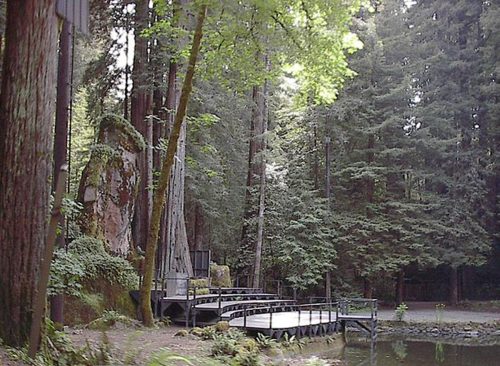
In an era in which Elon Musk broadcasts his every meal on Twitter, it might be hard to believe there are secret places the Masters of the Universe rely on to get away from it all. This is allegedly one of them, a secretive campground in California where influential men gather annually in mid-July for two weeks of private meetings.
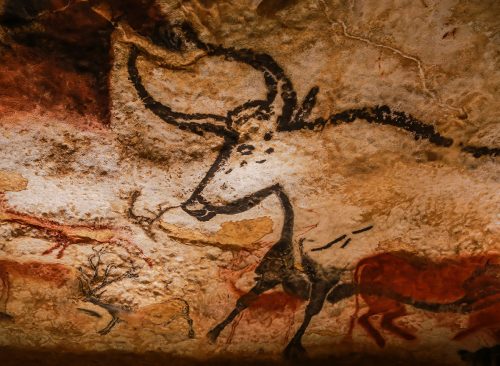
Discovered in 1940 by four teenagers searching for a lost dog, this cave houses Paleolithic cave paintings dating back to 15,000 BCE—more than 1,500 engravings, some placed so high that experts speculate primitive scaffolding was used. Once open to visitors, the cave was closed to the public in 1963 to protect the fragile works.
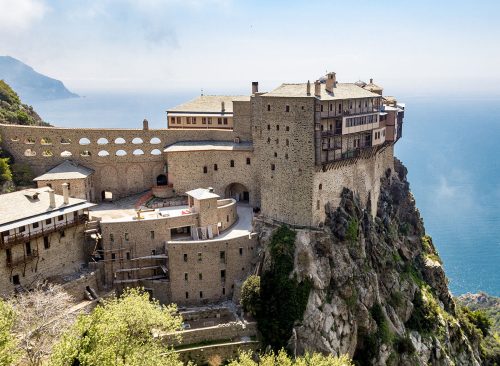
This community houses more than 20 communities of Eastern Orthodox monks. Only male visitors with special permits are allowed to enter; even female animals are banned by religious tradition.
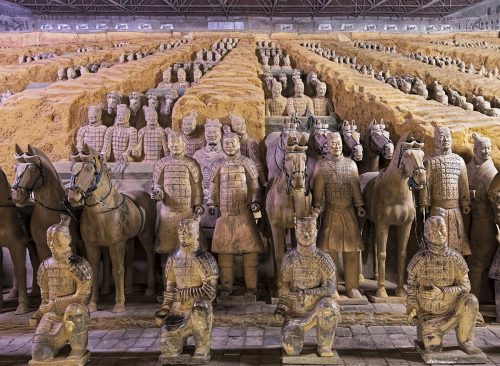
The mausoleum of the first Emperor of China is believed to be filled with numerous treasures—and potentially booby traps such as poison gas and deadly crossbows. Only a fraction of the 3.9-square-mile has been uncovered, and the emperor’s tomb has been untouched for 2,000 years.

This ghost town near the border of Ukraine and Belarus is one the Russian government would probably prefer you not know about. It was abandoned soon after the 1986 Chernobyl disaster, when it was evacuated in two days; the entire town was moved to the purpose-built city of Slavutych.

For nearly 30 years, this luxury resort in West Virginia housed a secret underground bunker for Congress that was opened in 1966 and known as “Project X.” Situated 720 feet beneath the surface, it wouldn’t survive a direct nuclear strike but could protect members from fallout. The secret was revealed in 1992 by a Washington Post reporter, and the bunker was taken offline. (Rumor is another one was built, but members of Congress don’t seem to know about it.) Today, tours are offered, but no cameras are allowed.

This mountain holds sacred significance in four Buddhist religions. Climbing it all the way to the peak is prohibited; the faithful believe this would violate the sanctity of the mountain and disturb divine energies that exist there.

This small island in the East River was once used as a quarantine station for people with infectious diseases, including typhoid, smallpox, and tuberculosis. (Mary “Typhoid Mary” Mallon was confined there for nearly 20 years before she died in 1938.) Made redundant after the development of the TB vaccine in 1945, the island is now uninhabited and public access is prohibited.














